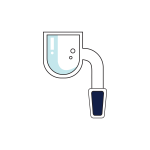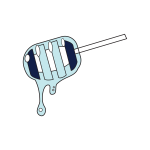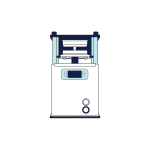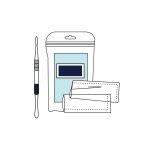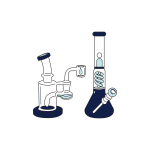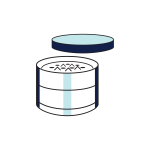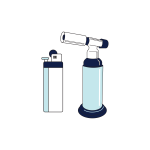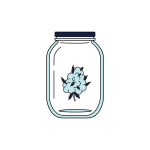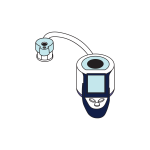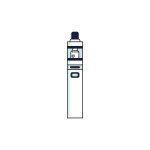At Barnabell, we often receive questions about the mechanics behind bongs. One of the most common queries is: why exactly is water used in a bong? In this guide, we’ll explore the role water plays and how it improves your smoking experience.
Understanding the Basics of a Bong
Before diving into the specifics, it helps to understand what a bong is. Essentially, a bong is a device designed to filter smoke for substances such as tobacco or herbs. Its typical structure includes:
- Bowl: Where the smokable material is placed.
- Chamber: The area where smoke accumulates.
- Mouthpiece: Through which the user inhales the filtered smoke.
The Dual Role of Water in a Bong
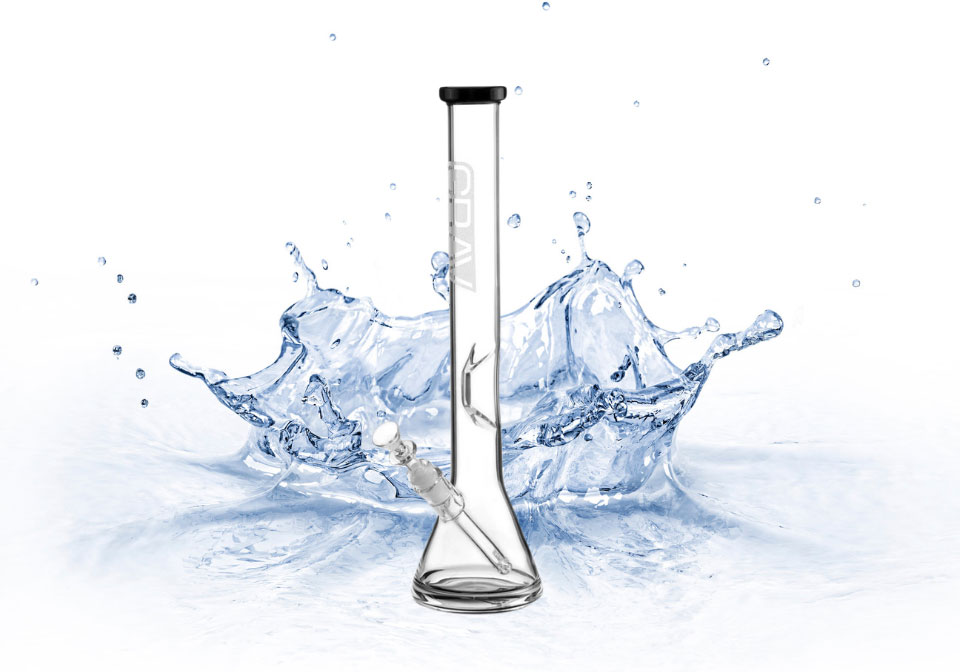
1. Acting as a Filtration System
The foremost function of water in a bong is to serve as a filter. When you take a hit, the smoke is drawn from the burning material into the water-filled chamber. As the smoke bubbles upward:
- Impurities are Trapped: Larger particles like ash and tar are caught in the water, which helps prevent them from reaching your lungs.
- Reduced Harshness: By filtering out some of the undesirable elements, the water contributes to a smoother inhalation.
It’s important to note, however, that while the water helps remove some toxins, it does not eliminate all harmful substances. Smoking should always be done with caution.
2. Cooling the Smoke
Another key function of water is to cool down the smoke:
- Heat Transfer: As smoke passes through the water, it loses some of its heat, which makes the inhaled smoke significantly cooler.
- Softer on the Throat and Lungs: This cooling effect reduces the harshness of the smoke, making it gentler on your respiratory system.
- Potential for Deeper Inhalation: The lower temperature may allow users to take deeper hits, contributing to a potentially more satisfying experience.
Enhancing the Sensory Experience
Beyond its practical functions, water in a bong adds to the overall enjoyment:
- Visual Appeal: Watching smoke bubble through the water can be mesmerizing.
- Auditory Pleasure: The distinctive bubbling sound provides a rhythmic, almost meditative backdrop to your session.
- Customization: Some enthusiasts experiment with various liquids—such as flavored water or non-alcoholic beverages—to modify the taste of their smoke, adding another layer of sensory delight.
Getting the Water Level Right
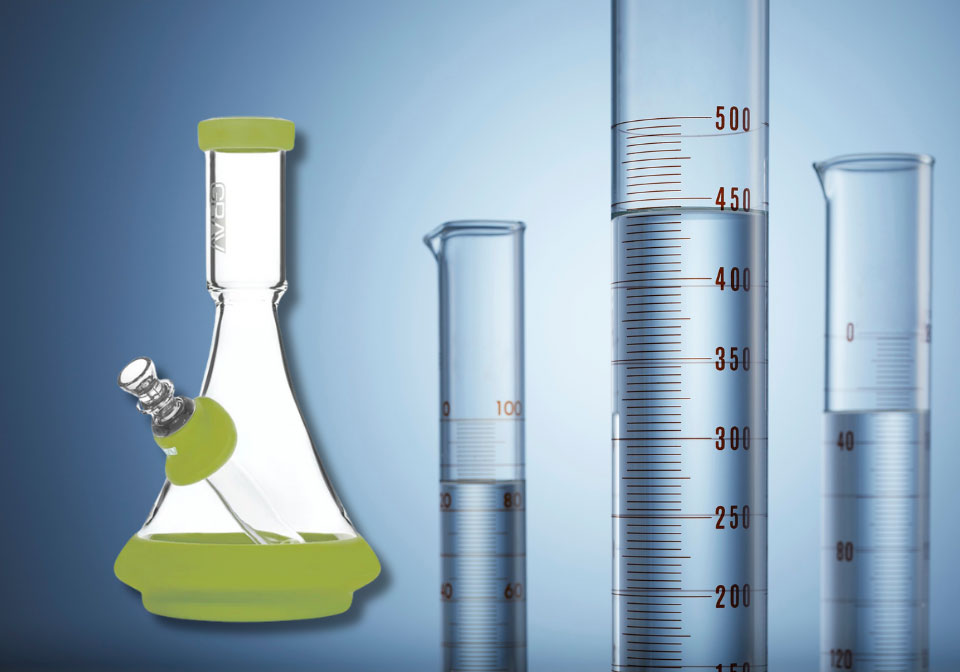
The correct amount of water in your bong is crucial:
- Submerge the Smoke Paths: Ensure that the water level is high enough to cover all the channels through which the smoke travels.
- Avoid Overfilling: Too much water can lead to splashes entering the mouthpiece, which might not only be uncomfortable but could also affect the taste.
The Importance of Clean Water
For the best experience, always use fresh, clean water:
- Effective Filtration: Clean water maximizes the bong’s ability to filter out unwanted particles.
- Preserving Flavor: Regularly changing the water helps prevent stale or unpleasant tastes from interfering with your smoking session.
In Summary
Water is more than just a decorative or optional feature in a bong—it is a critical component that:
- Filters out large impurities like ash and tar,
- Cools the smoke, reducing its harshness,
- Enhances the visual and auditory elements of smoking,
- And even allows for creative customization through different liquids.
This combination of functions makes the bong a unique and appealing device for many smokers. Always remember, though, that while water improves the smoking experience, it does not eliminate all risks associated with inhaling smoke. Enjoy responsibly and keep your equipment, including the water, clean.
Disclaimer: The information provided in this article is intended for educational purposes only. Please comply with all local and national laws regarding the use and possession of tobacco or cannabis. Remember that smoking may pose health risks.

